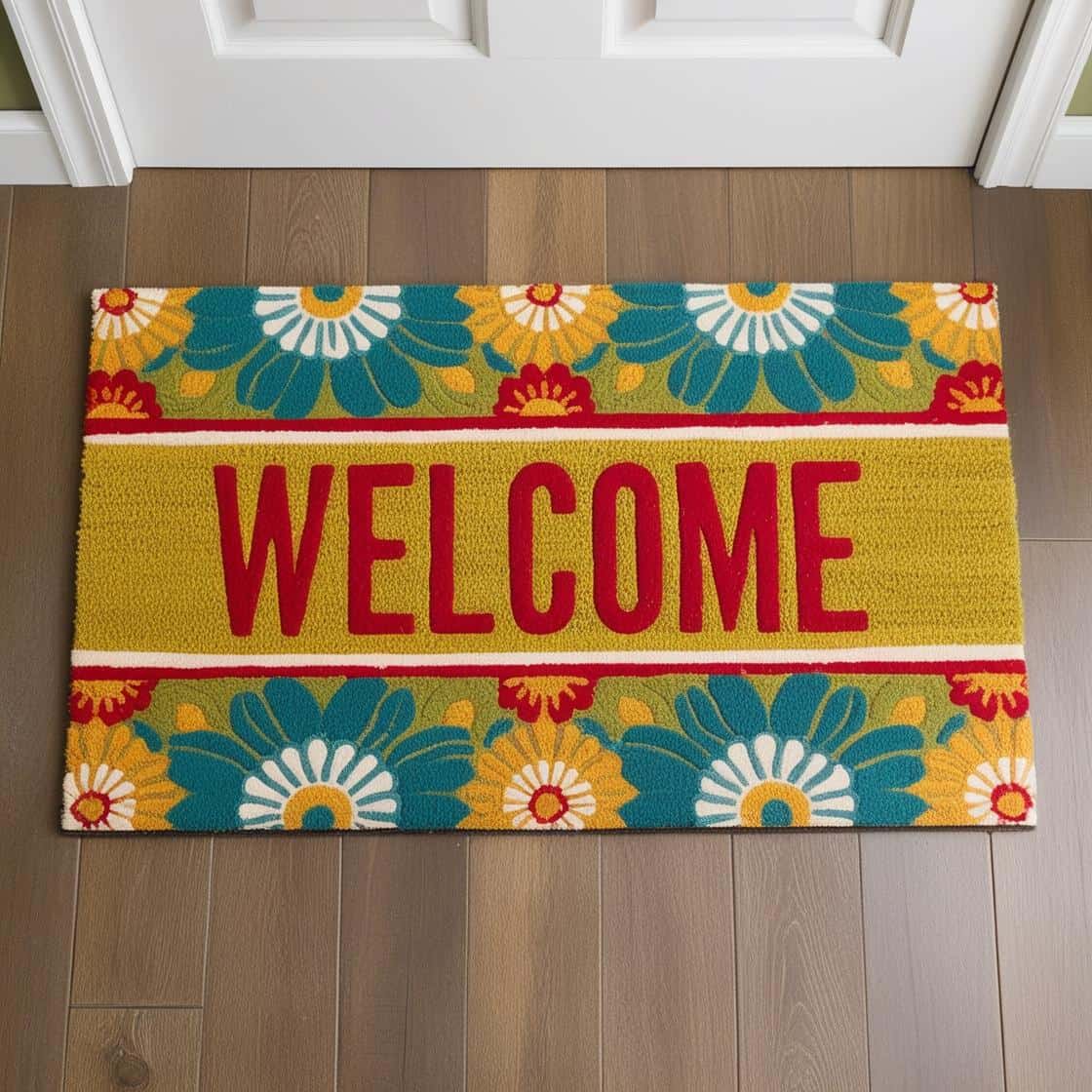A homepage of a website is the digital welcome mat for any website. It’s the first page visitors usually land on, setting the stage for what follows. Think of it like the cover of a book — while you shouldn’t judge the book by it, a great cover invites you in.
The homepage of a website plays a crucial role in organizing content and directing users to where they need to go. Whether it’s a blog post, a service page, or your contact information, the homepage often acts as the map to the treasure. It’s like the directory at a mall, helping visitors navigate through what you offer.

Features Of a Homepage of a Website
Several key features make up a homepage. You typically find a logo at the top, acting as a brand identifier.
Navigation menus are there to guide users through other sections of the site. Banners or hero images might be present, showcasing key messages or current promotions. Additionally, you’ll often spot calls to action—like ‘Shop Now’ or ‘Contact Us’—nudging visitors to take the next step.
The importance of a homepage of a website cannot be overstated. It’s not just about aesthetics; it’s about functionality. It’s about creating a comfortable and intuitive space for visitors so they can explore what you offer without feeling overwhelmed or lost.
In the digital world, where attention spans are short, a well-crafted homepage makes all the difference. Visitors decide quickly if they want to stick around or move on. A clean, engaging homepage invites them to stay, explore, and hopefully, return.
Differentiating Between Homepages, Websites, and Landing Pages
When talking about a website, picture it like a big house with many rooms, each serving a unique purpose.
The homepage of a website is the front door, offering a peek inside and guiding you to the room you’re looking for.
A homepage sits within a website, just like a living room inside a house. It’s part of the whole structure rather than the entire entity. An entire website contains multiple pages, each containing specific information and fulfilling different needs.
If a website is a town, the homepage is the town square where visitors first gather before exploring the sights.
Now, here’s where it can get a bit tricky—understanding the difference between homepages and landing pages. While a homepage is a starting point offering general guidance, a landing page is like a special event room designed for specific campaigns or purposes, often focusing on a single goal like sales or sign-ups.
Landing pages are all about driving specific actions.
The two aren’t interchangeable, though they share common elements like headlines and calls to action. A homepage paints with a broad brush, introducing a brand and its overall offerings. In contrast, a landing page zooms in with a laser focus on whatever it’s been tailored to promote.
Understanding these differences can help create a more structured and strategic online presence. Each element of a website serves a distinct role, and knowing how they fit together can make building a cohesive, user-friendly website easier.
The Purpose and Benefits of an Effective Homepage

Not every corner of the internet starts with a homepage, but most places do. The homepage acts as a launchpad, crucial in some setups but not always mandatory. Like any tool, its necessity hinges on the purpose of the site.
Some sites might ditch the traditional homepage when the aim is something different, like direct user action or promotion of a singular item—a scenario where a standalone landing page might suffice. These cases often apply to specific campaigns or platforms with focused objectives, like a product in the spotlight or an event needing sign-ups.
Yet, having a homepage remains the standard. It’s a tried-and-true method of greeting visitors and showcasing a brand’s identity or main offerings. Even evolving trends in web design haven’t fully phased out homepages; instead, they’ve expanded their potential.
Alternatives or variations on the classic homepage of a website are becoming more common. Some sites opt for dynamic, real-time updated content hubs, while others use personalized experiences tailored to returning visitors. Web technology is pushing the boundaries, but the core idea of a central hub persists.
While not every site sticks to the classic homepage format, understanding its role helps in deciding whether it’s something your digital space might need. Ultimately, it’s about the objectives and user journey you wish to create.
It’s worth spending time designing your homepage to make it look enticing, easy to follow and informative. It is the window to your website.
Here’s a little transparency: My website contains affiliate links. This means if you click and make a purchase, I may receive a small commission. Don’t worry, there’s no extra cost to you. It’s a simple way you can support my mission to bring you quality content.”


I’ve come to appreciate just how vital a well-crafted homepage can be. I remember launching my first blog and pouring hours into creating content, but I neglected the homepage design. When I finally got feedback from friends, they pointed out that the homepage felt chaotic and didn’t reflect the inviting atmosphere I wanted to create. This made me realize that no matter how great the content is, if the homepage isn’t engaging, visitors might not stick around to read it.
After redesigning my homepage to be cleaner and more user-friendly, I noticed a significant increase in visitor engagement. I included clear navigation links and highlighted my most popular posts right on the front page. It was rewarding to see how these small changes made a big difference in keeping readers interested and encouraging them to explore more.
I also love how you mentioned the importance of visuals on a homepage. I’ve experimented with different images and layouts, and it’s fascinating how certain visuals can evoke emotions and draw people in. For instance, using bright colors and inviting images helped convey a sense of warmth and community, which aligned perfectly with my blog’s theme.
What has been your experience with designing homepages? Have you found any particular elements that consistently lead to better user engagement?
Hello Mason,
Like you, I learned through trial and error (or trial and improvement for the updated version). I could always see a ‘chaotic’ or poorly designed homepage but couldn’t see my own downfalls.
I think a homepage which isn’t overcrowded and you can see where you are going next. Clean images seem to be a good addition.
Thanks for visiting and for commenting. I appreciate your time.
Jackie
I believe when it comes to writing a homepage thought should go into what we say because the home page will set the stage for our visitor’s experience as the home page says a lot about us. So in creating a home page, we should read it from a visitor’s view to see if what we are saying will cause our readers to continue through to our website or go elsewhere.
The homepage is the window to your site. It should want to draw you in to the rest of the site.